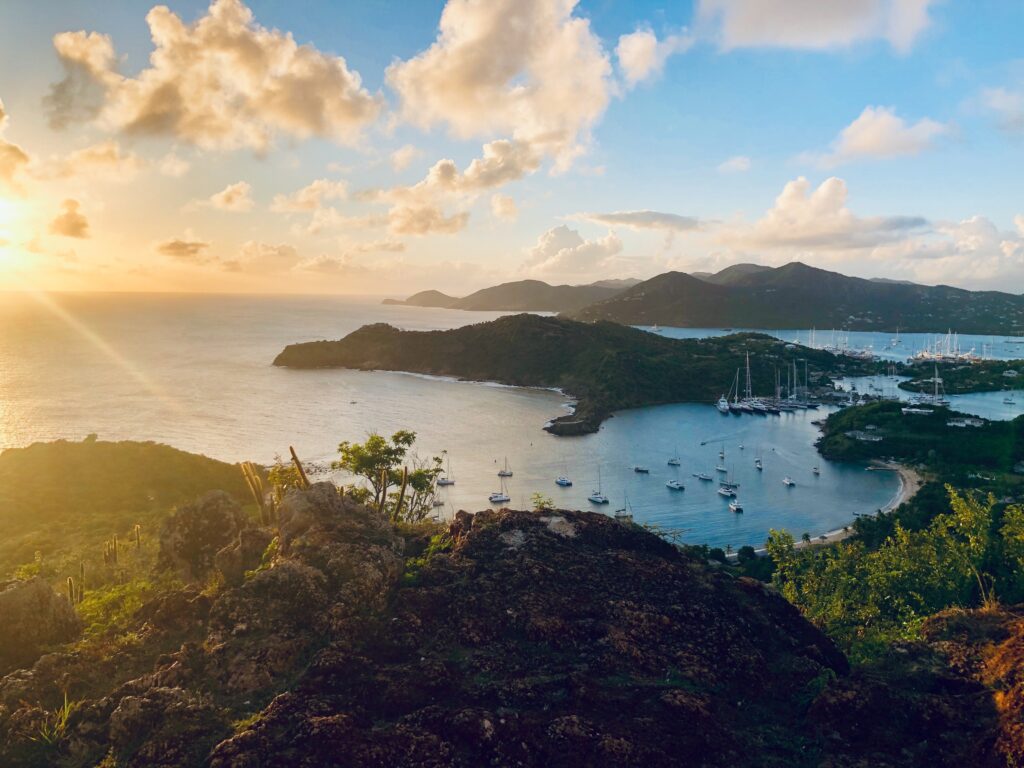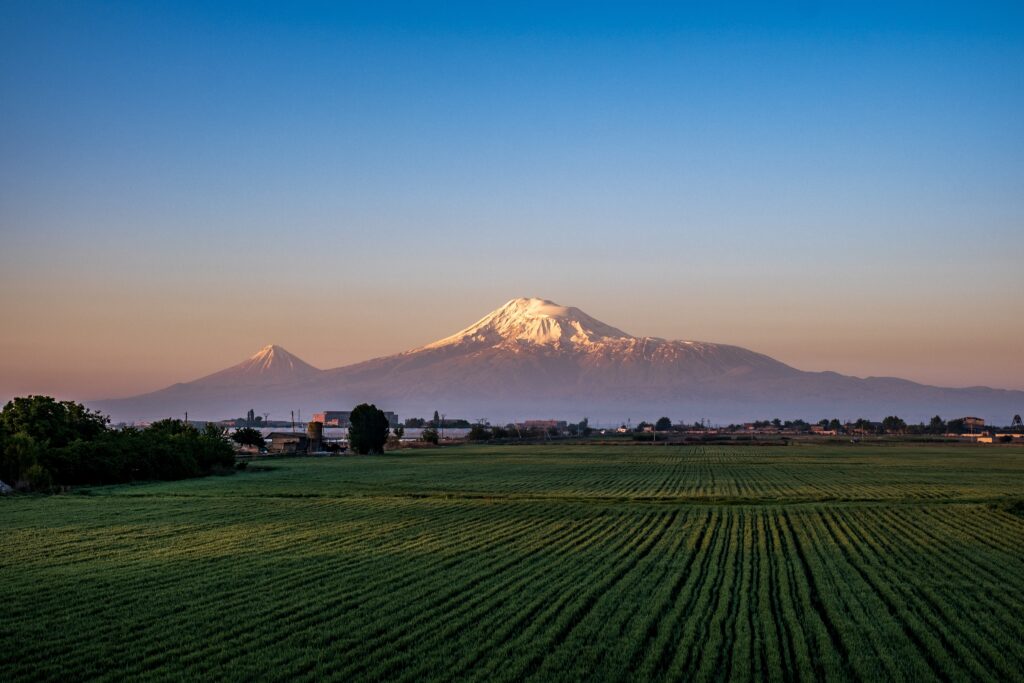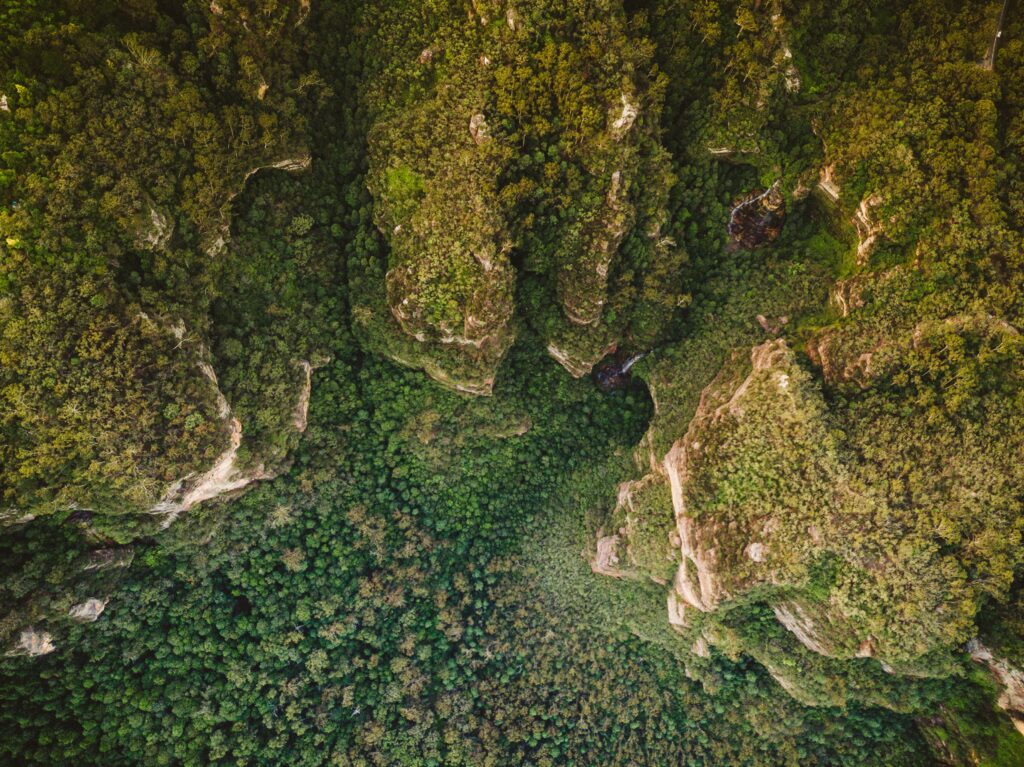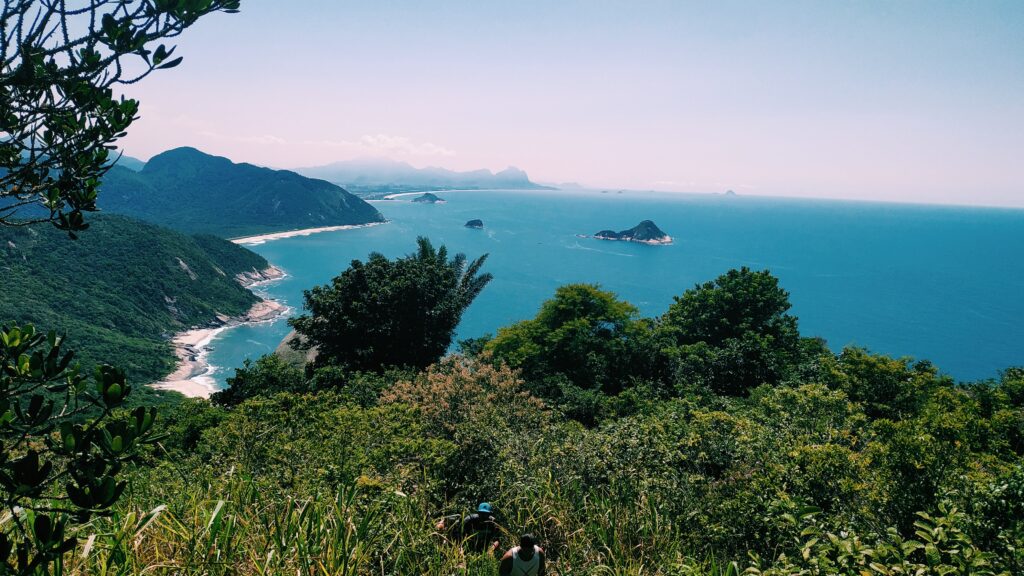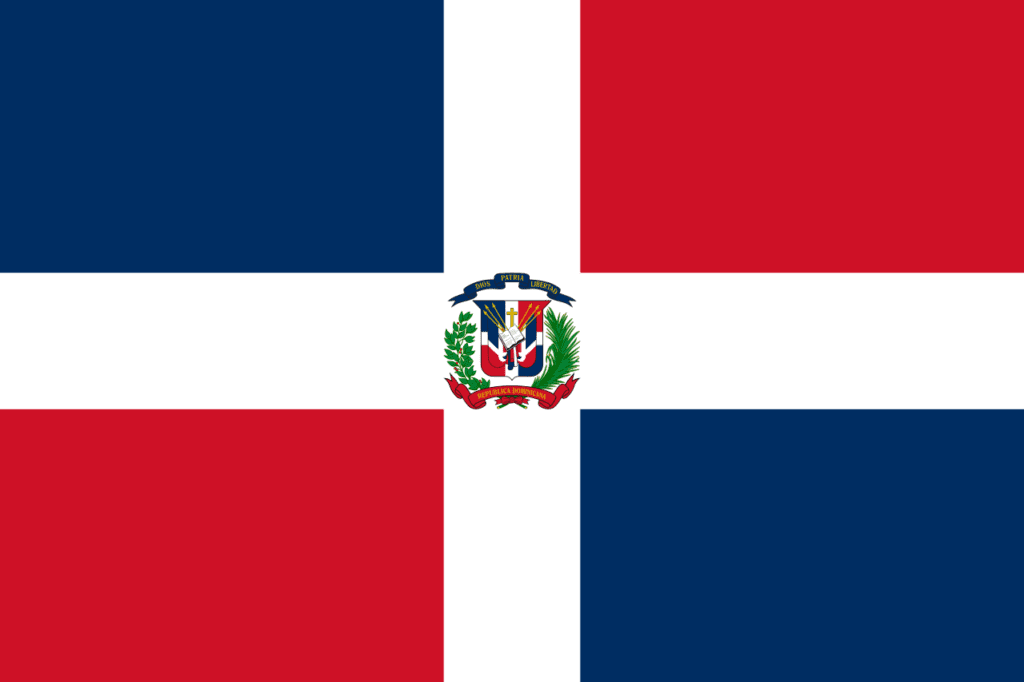

Dominican Republic
- Home
- Which-Half?
- National Report Cards
- Dominican Republic
SPI: 51.79
Species Protection Index Average: 42
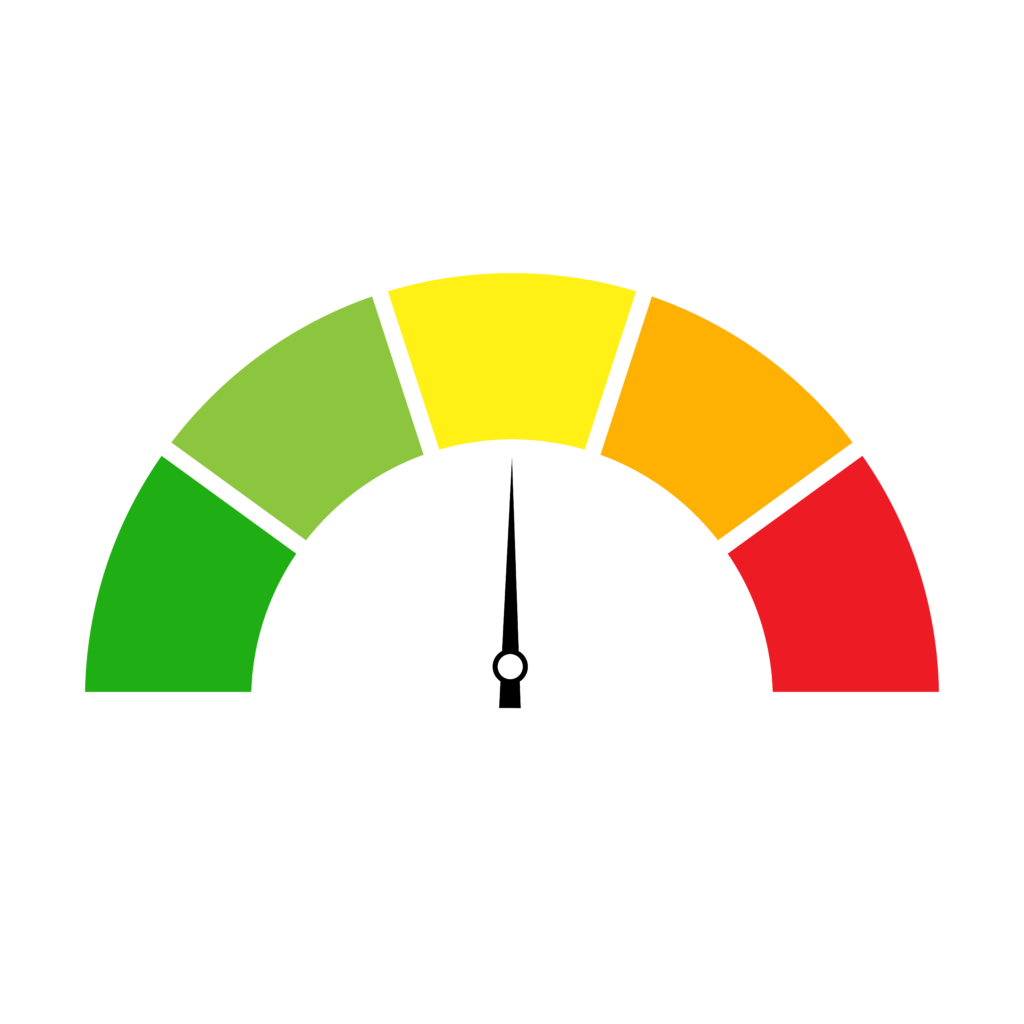

National Report Card: Dominican Republic
The Dominican Republic comprises the eastern two-thirds of Hispaniola, an island between the Caribbean Sea and the North Atlantic Ocean. Highlands and mountains are interspersed with fertile valleys. Most of the country is used for human activities, in its majority by rainfed agriculture.
Dominican Republic has high biodiversity rarity of terrestrial land vertebrates at a global scale. When analysed as single taxons, the rarity of amphibians, birds, mammals and reptiles is also high. The rarity of marine fish and mammals is also high. Challenges to biodiversity include water shortages; soil erosion; coral reef damage; and deforestation.
32%
of land currently protected
362
total land vertebrate species
61
endemic land vertebrate species
Species of significant conservation interest
Rhinocerous Iguana
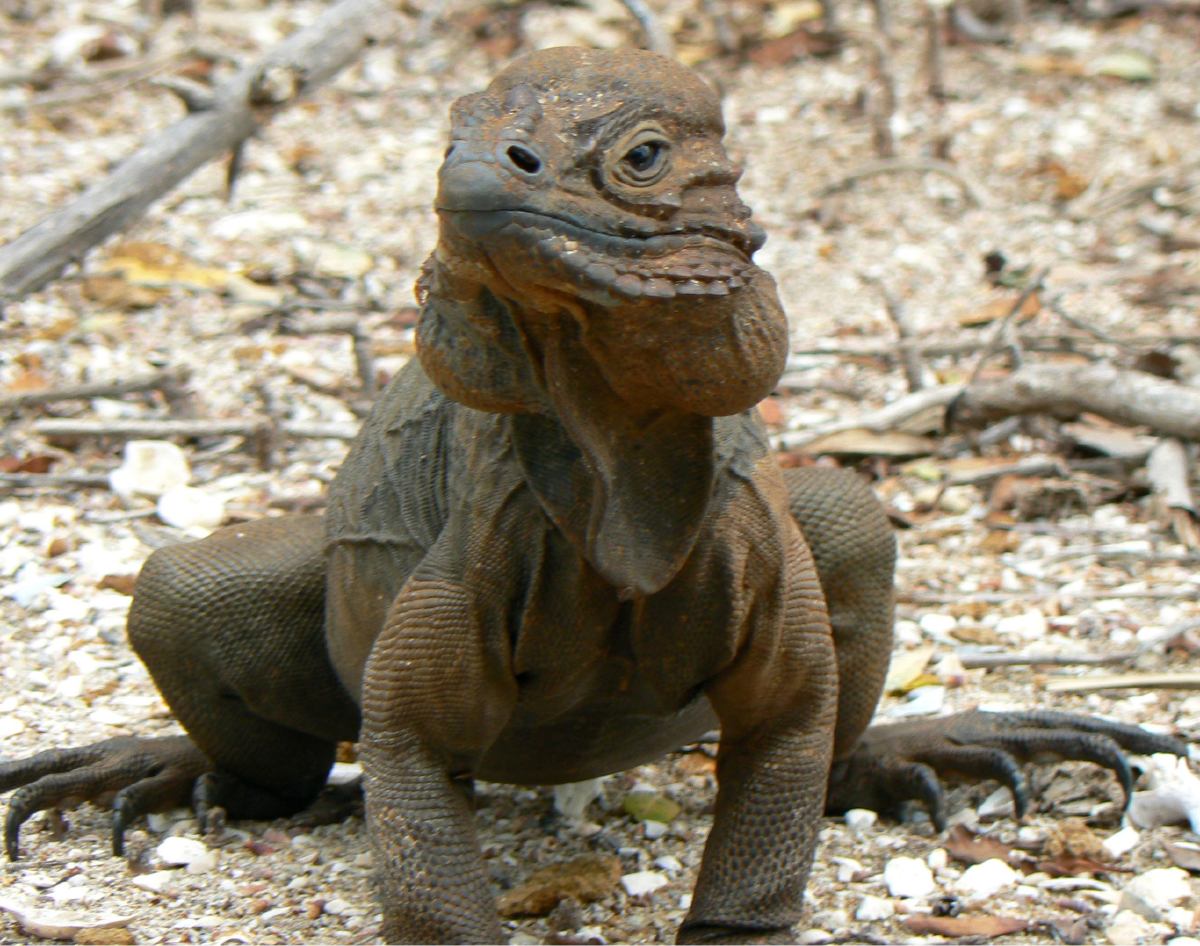

42
amphibians / 15 endemic
177
birds / 0 endemic
24
mammals / 0 endemic
119
reptiles / 46 endemic
Information on this page was sourced from the CIA World Factbook and the Half-Earth Project Map.

